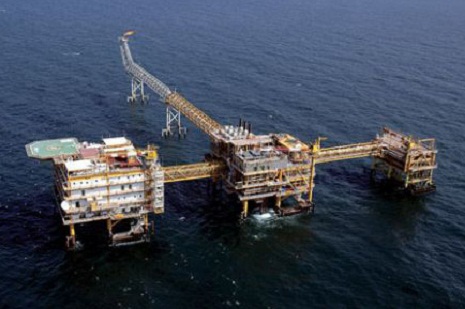Phase 12 is the biggest of all the South Pars gas field phases.
It was developed with domestic expertise and an investment of $7 billion.
Experts have estimated that by tapping this phase, Iran `s GDP will rise by 2 percent. They have also said that the completion of six gas rows in the phase during the past year should be regarded as an unprecedented move.
Final production capacity of the phase stands at 82 mcm/d.
The contract for the phase had assigned the contractor to develop 51 percent of the project through domestic capabilities, whereas the number now stands at 71 percent.
As each South Pars phase produces averagely 25 mcm/d of gas for Iran, the country reaps 8 billion cubic meters of the product per year. Taking each cubic meter at 25 cents, the total annual revenue of the field`s gas will be $2 billion.
Once the 12th phase is completely operational, since it is equal to 3 standard phases in volume, Iran will earn $6 billion annually from it. This number is only for the gas produced at the phase, and does not count for the gas condensates’ revenue.
The 12th phase is located in the southeastern block of South Pars along the border with Qatar, which shares the field.
The South Pars field has 14 trillion cubic meters of natural gas -or about 8 percent of the world`s reserves- and more than 18 billion barrels of liquefied natural gas resources.
The field is part of a wider gas field that is shared with Qatar. The larger field covers an area of 9,700 square kilometers, 3,700 square kilometers of which are in Iran `s territorial waters (South Pars) in the Gulf. The remaining 6,000 square kilometers, referred to as the North Dome, are in Qatar `s territorial waters.
Iran`s share of the gas field is divided into 29 phases, but just 10 phases are currently operational.
More about:
















































